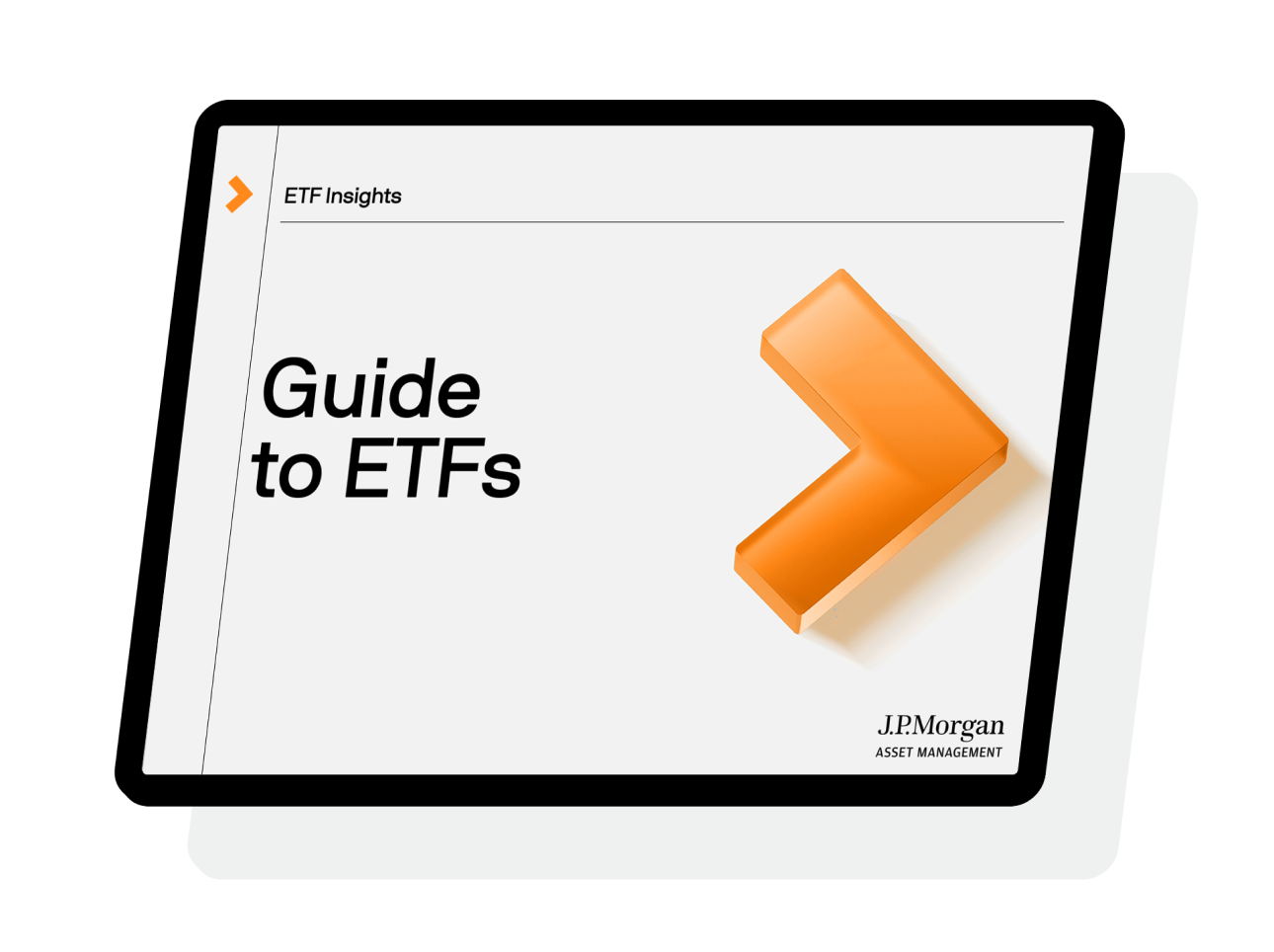An actively managed approach that puts a premium on income
- World's largest actively managed ETF1
- Provides attractive 30-day SEC yield with limited duration risk
- Can be used as a diversified equity solution or credit replacement
ETF Insights

Guide to ETFs
Your single source for timely, unbiased insights into the fast-growing world of exchange traded funds.
Benefits to you and your clients:
- Discover how ETFs provide cost effective and tax efficient access to actively managed strategies.
- Master ETF investing mechanics including trading best practices and tax management.
- Enhance your portfolio construction by providing strategic ETF insights.
